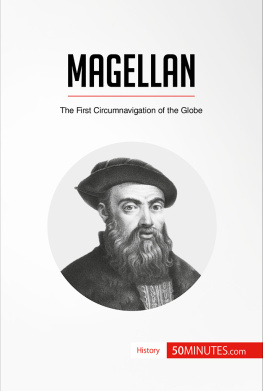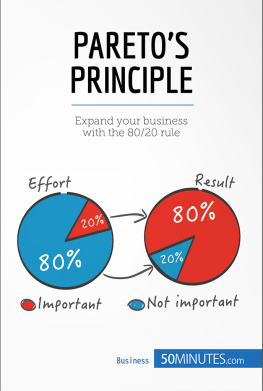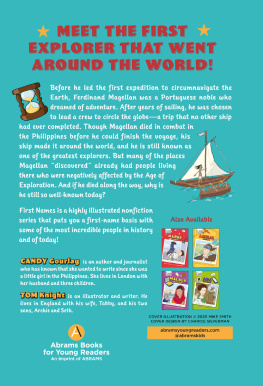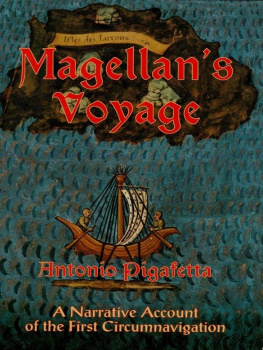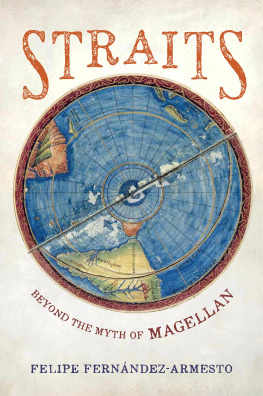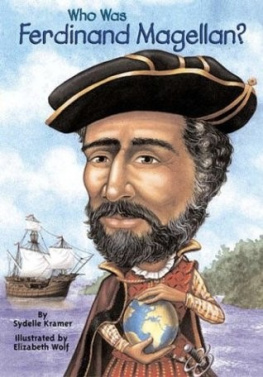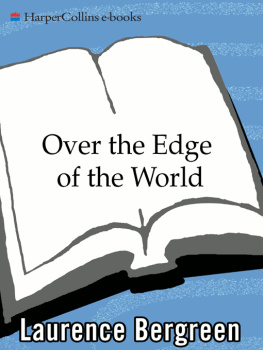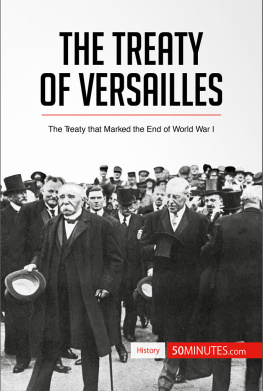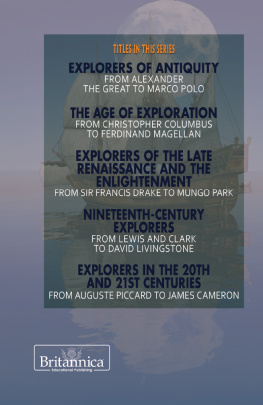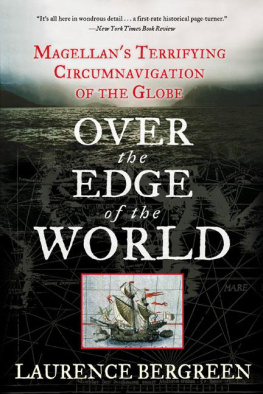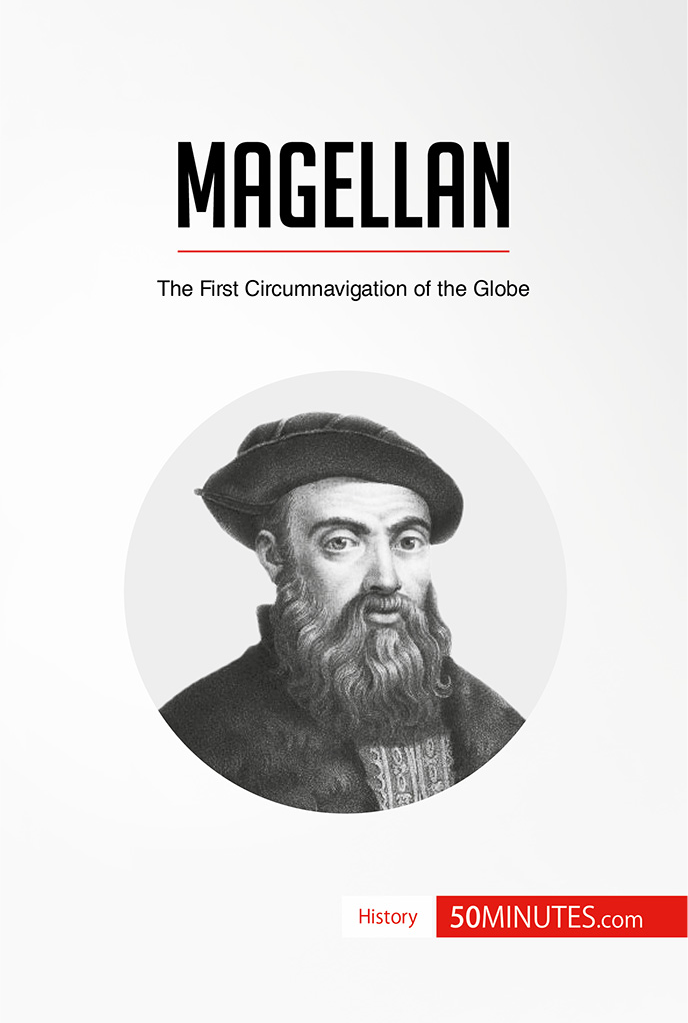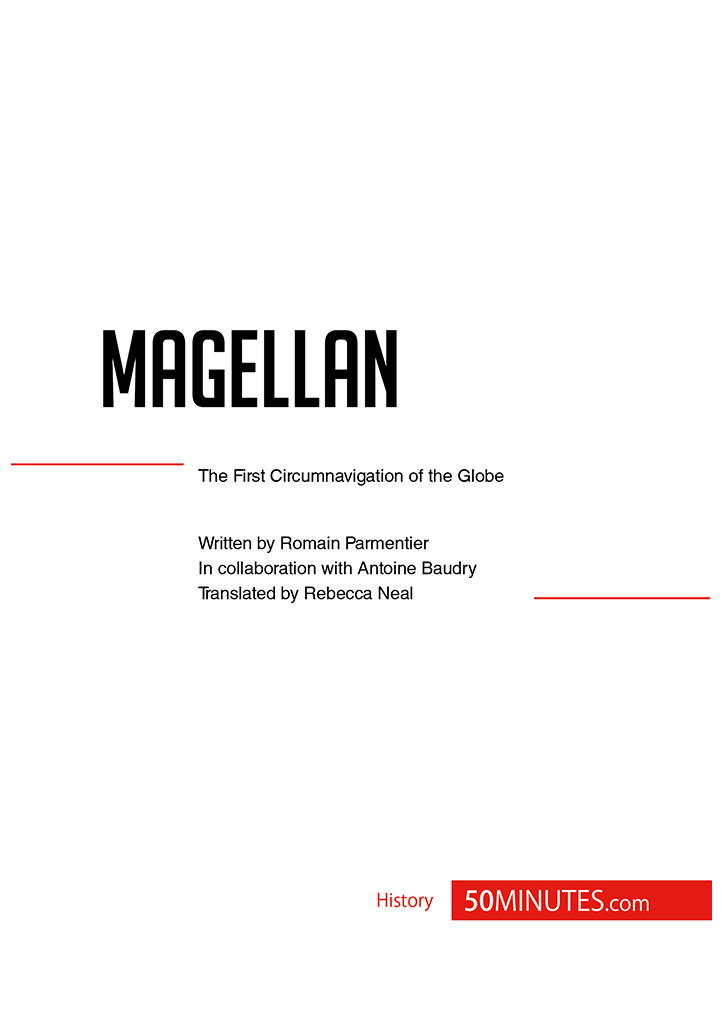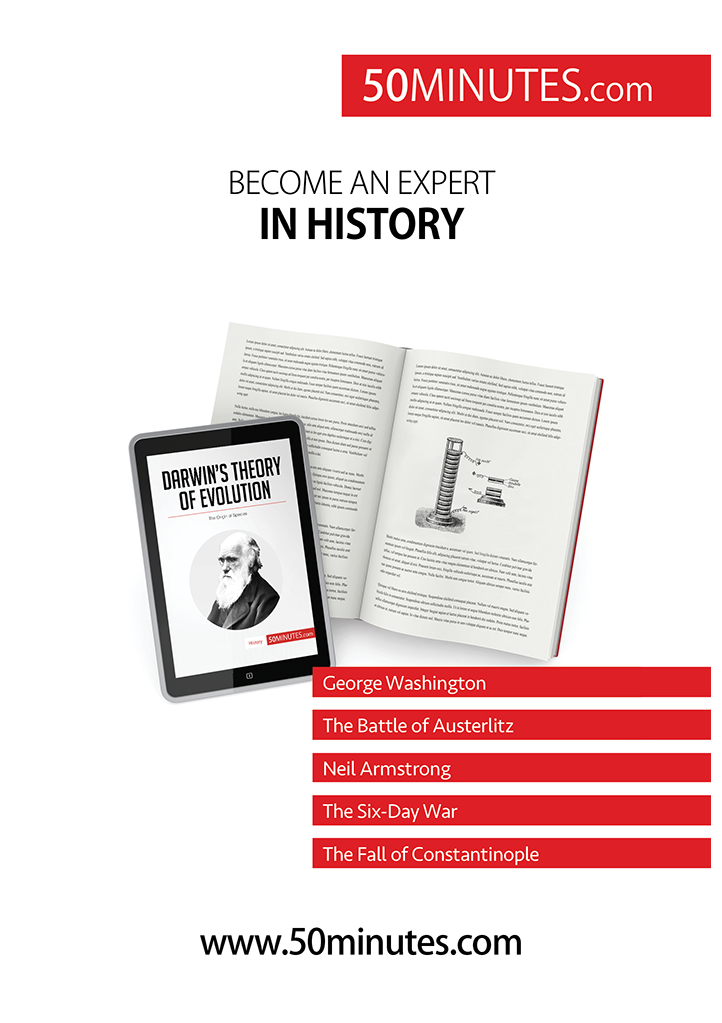On 20 September 1519, 265 men under the command of the navigator and explorer Ferdinand Magellan set sail on a journey that would revolutionise the way we see the world. In just under three years, they completed the first circumnavigation of the globe.
However, the real aim of their expedition was commercial. The men were trying to reach the Moluccas in the Far East, known for their significant spice production. Spices were an important source of wealth in this period: they were highly prized in Europe and made the men who traded them rich. Already an experienced sailor, Magellan intended to reach these islands and came up with the idea of opening a new westward maritime route which would go around America.
The journey was fraught with challenges: Magellan had to overcome storms at sea, false hopes, miscalculations, illnesses, starvation and mutinies, but he stood firm and continued his exploration. In the course of his journey, he discovered a previously unknown strait while sailing around America, successfully crossed the vast Pacific Ocean and finally reached the Far East from the west. When his expedition returned to Spain, it confirmed once and for all that the Earth is round and shook the very foundations of geographical knowledge, giving the world a new outlook.
Biography
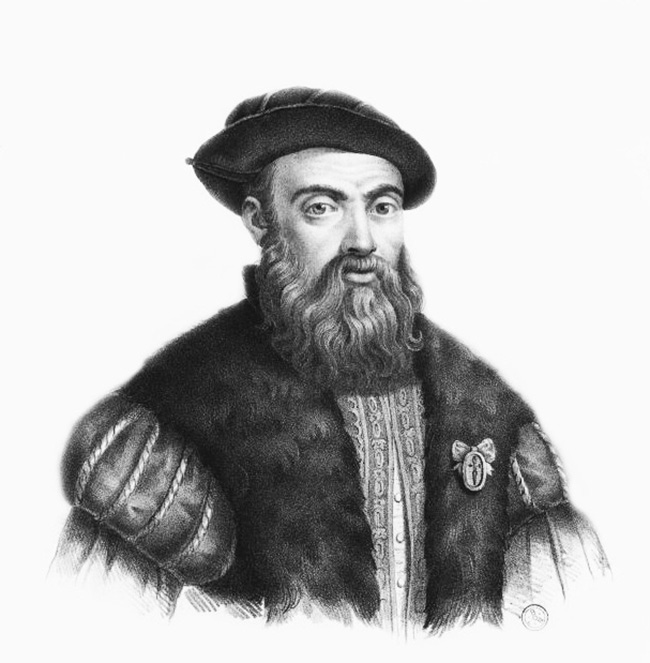
Portrait of Magellan by Charles Legrand, around 1841.
First experiences at sea
Ferdinand Magellan (known as Ferno de Magalhes in Portuguese) was a navigator and explorer who led the first circumnavigation of the globe. He was born in the north of Portugal (in Sabrosa or Porto) in around 1480 to a family from the lower Portuguese nobility. When he reached adulthood, he decided to embark on a maritime career. In 1505, he took part in the expedition of Francisco de Almeida (admiral and first viceroy of Portuguese India, c. 1450-1510), which allowed him to become familiar with the route to the Indies and the dangers of maritime voyages.
A few accidents and injuries did nothing to diminish his taste for adventure. In 1509 and 1511 he went to Malacca (now Melaka, Malaysia), where he bought a slave, Enrique (born around 1495). Shortly afterwards, he joined a fleet under Afonso de Albuquerque (the Portuguese governor in India, 1453-1515) and took part in the Portuguese expedition to defeat Malacca in order to reach the Moluccas. Although Magellan did not go to the Moluccas, his closest friend Francisco Serro (died in 1521) did continue the journey and reach the islands. Once he was settled there, Serro sent Magellan letters describing the islands abundant riches, such as spices. This correspondence provided fuel for the navigators grand plan.
During the summer of 1513, Magellan once again served Portugal in an expedition against the Moors in Morocco. However, after sustaining a knee injury which would leave him with a limp for the rest of his life, he left the force without permission and was accused of irregular conduct. Although he was absolved by King Manuel I (1469-1521), Magellan was rejected from the court. He then retired to his land and, like Christopher Columbus (Genoese navigator, 1450/1451-1506), drew up the project which would make him famous: reaching the Moluccas via a westward route by sailing round America, thus completing the first circumnavigation of the globe.
A journey without a happy ending
In many ways, the story of Ferdinand Magellan resembles the story of the man who discovered the New World. Like Columbus, he went to the court of the King of Portugal to secure financing for his expedition but, as before, the king refused. Magellan then turned to Spain. To give himself the best possible chance of success, the navigator increased his knowledge, studied geography and learnt about the discoveries of the previous few years.
In October 1517, he was in Seville. After an initial refusal, Spain ultimately saw an opportunity to make money from Magellans project. On 22 March 1518, the young King Charles I (the future Charles V), who considered the undertaking to be very interesting, gave his consent.
At the age of almost 40, Magellan set sail from Sanlcar de Barrameda on 20 September 1519 with five ships. However, the journey was fraught with difficulties and only one ship would return. After a long crossing of the Atlantic, the explorer arrived in Rio de Janeiro on 13 December. One month later, he reached the mouth of the Ro de la Plata, but he had still not managed to find the long-awaited route to the other ocean. It was not until 21 October 1520 that Magellan would reach the strait which now bears his name that would lead him to the Pacific Ocean. However, the excitement of the discovery gradually gave way to boredom, as the crossing of the ocean felt never-ending.
The expedition only reached the Philippines in March 1521. This destination would be Magellans last, as he died in a battle against the indigenous peoples of the region on 27 April 1521 without having reached the Moluccas. His second-in-command took over from him and completed the mission. With one ship and a crew that was reduced to 18 men, the expeditions new leader accomplished the first circumnavigation of the globe when he returned to Sanlcar de Barrameda on 6 September 1521.
Political, social and economic context
Gold and spices: the motivation behind great discoveries
In the late 15 th and early 16 th centuries, Europe began to explore the world. It embarked on this adventure for mainly economic reasons: control of the spice trade, as spices were one of the rarest commodities for the Europeans. Because of their rarity and above all because of the difficulty of acquiring them, spices had a high market value, sometimes even higher than that of gold.
Throughout the Middle Ages, the trade in spices from the Middle East was controlled by Italian city-states, such as Genoa or Venice. These city-states bought products from Asia before reselling them all over Europe. However, in the 15 th century the situation changed dramatically. The Ottomans, who had been expanding their empire for several centuries, conquered the city of Constantinople and put an end to the Byzantine Empire in 1453. This event had major consequences. For a long time, Constantinople had been an important link between the East and the West, which meant that its conquest led to a partial closure of trading routes with Asia. From this point on, the spice trade included the Ottomans as intermediaries, which led to an increase in taxes.

